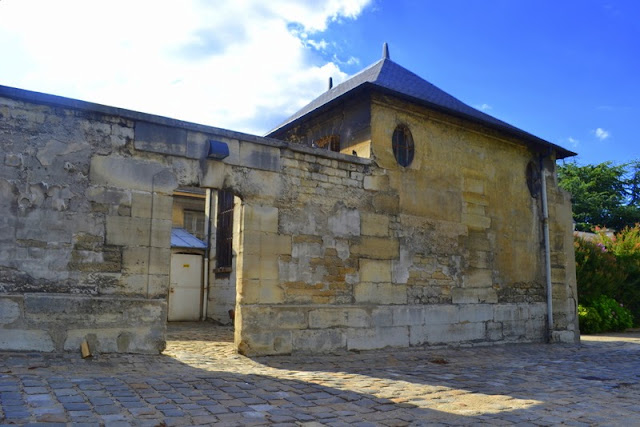In the spring of 1861, in a quiet ward of Paris’s Bicêtre Hospital, a man named Louis Victor Leborgne — known simply as “Tan” — lay dying. For more than two decades, he had been confined within the hospital, able to utter only a single syllable.
To read more, a subscription is needed: Click here to subscribe

